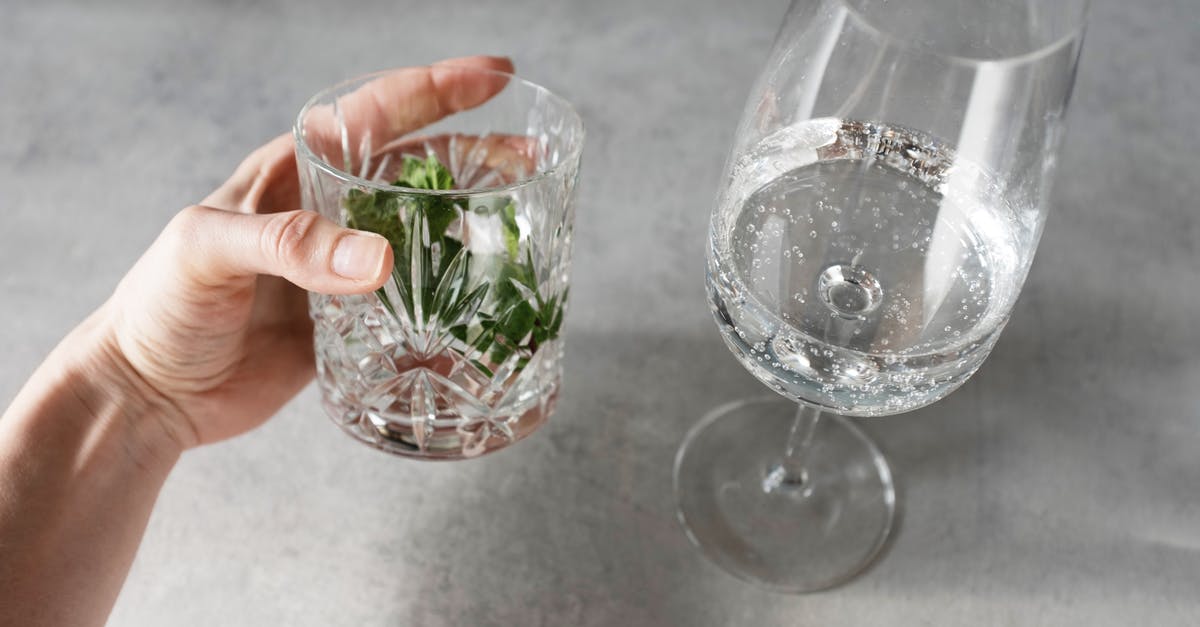Pudding vs. laundry starch - Add water gradually or all at once?

I recently watched a YouTube video "How to use old fashioned starch" by Constance MacKenzie about how laundry was starched in ye olde time. The only relevant information for my question is that you can use potato, wheat or rice starch and that it must be made into a paste with water and boiled, very similar to a pudding / blancmange / custard. Laundry starch has only those 2 ingredients: starch and water.
The process in the video started by mixing the starch into a little amount of cold water. This was then put on the stove at medium heat and roughly "a kettle full" of hot (but not boiling) water was added in very small increments under constant stirring. The mixture only started boiling after all of the water was added.
This process reminded me of making a roux sauce. You start with melted butter and flour and have to add the liquid in small increments to avoid lumps. It makes sense to first evenly mix butter and flour because the butter would probably stay seperated otherwise. But laundry starch doesn't contain any butter or fat.
If you added some flavors to the laundry starch you would end up with an edible pudding / blancmange / custard. Those are usually made by mixing all the ingredients and then heating them up with all the liquid already incorporated. This has the benefit or avoiding lumps. So I see no reason why the laundry starch needs to start with such a small amount of water that needs to be tediously increased in increments.
On the other hand, I learned that our ancestors weren't half as stupid as we make them seem and probably had reasons for starting with less water. They may not have understood the chemistry and physics behind the process, but they had much more practical experience.
My question is:
Is there a difference in the physical or chemical properties of starch if you:
- start with a small amount of water and gradually add more while heating the mixture, or
- add all the water before heating the mixture
assuming you never stop stirring during the process and you let the mixture boil until it looks translucent? It may be important to keep in mind that the quality of the end result (starched laundry) depends on the properties of the dehydrated, coocked starch.
Best Answer
Yes, both processes are valid ways of making pudding (not roux). You can either dissolve the starch in a little cold water first and then gradually warm it up, or you can dissolve the starch in all of the cold water and then start warming it up. After it is warmed up, you can bring it to a boil.
The "dump all together" method is the more tedious one, because you have to stir constantly until you are ready, else the starch sediments and burns on the bottom, especially if you are an old-time cook using direct fire. If you warm up most in the water in a kettle first, your time of cooking the slurry (and stirring it) is reduced a lot, which makes it the preferred method.
Another reason is that most people cook blanchmange with milk, not with water. To reduce the amount of water used, they make the slurry with only a little water, then add the slurry to the warmed milk.
Pictures about "Pudding vs. laundry starch - Add water gradually or all at once?"



The science of cornstarch and water
Sources: Stack Exchange - This article follows the attribution requirements of Stack Exchange and is licensed under CC BY-SA 3.0.
Images: Tope A. Asokere, Stephan Müller, Francesco Ungaro, ready made
